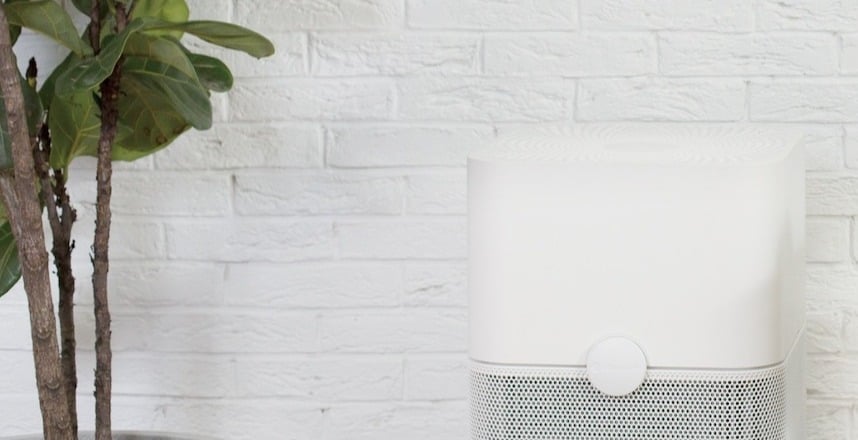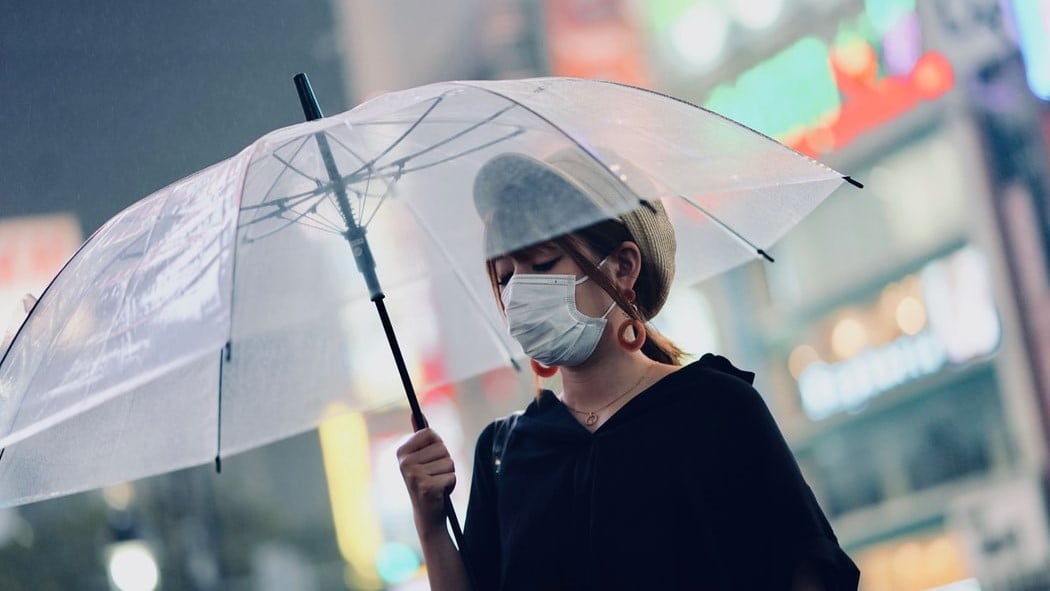Newsletter
Indoor air can be 2-5 times (even up to 100 times) more polluted than outdoor air.
We take 23,000 breaths everyday. That’s a lot of breaths.
The World Health Organization (WHO) reports that over 92% of people living in cities do not breathe safe air. For those among us city dwellers, we often associate the layer of smog blanketing our cities as the most familiar form of air pollution. This outdoor pollution is made of particulate matter that are both visible (dust, pollen, and dirt) and invisible (soot and smoke).
Where do these invisible pollutants come from? Hong Kong’s main air pollution issues include roadside pollution and regional smog, caused by vehicle, power plant, and port emissions. The city is home to the world’s fifth largest container port, busily carrying in ships that burn sulfur at the dock. Meanwhile, 52% of the city’s energy supply comes from burning coal. This day-to-day combustion and emissions expose millions of Hong Kong residents — both young and old — to harmful particulate matter.
Given their size and weight, PM10 and PM2.5 particles easily transport long distances and enter your home and affect the air you and your family breathe.

Young children and the elderly, as well as those already suffering from respiratory illness, are most vulnerable to air pollution. Long-term exposure to outdoor pollutants reduces lung function for healthy adults, and can even lead to increased risk of heart and lung disease, as well as cancer.
But believe it or not, outdoor pollutants are not the only culprits impacting your air quality.
Indoor pollutants are also a major source of air pollution. Activities such as cooking and candle-burning quickly increase the amount of smoke around the home.
To protect our family, we ought to know what we are breathing and, importantly, control what goes into our lungs.
So, what can we do?
Take Control of Your Family’s Air
Using the readings from your IAQ monitor, you can take the necessary steps to improve your indoor air.
Those living in more smoggy environments may already be familiar with air purifiers. Air purifiers have HEPA filters that purify your indoor air, stripping it of particles as small as PM2.5 that otherwise can settle deep in your lungs and even enter into other organs through the bloodstream.
While purifying your home is single-handedly the best solution to keep your home clean, there are other cheap and easy steps you can take to make your filters last longer and work more efficiently. Here are 10 hacks you can try at home to keep your home more pollution-free.
Finding the Invisible
We might not be able to see the invisible, but that does not mean we cannot track it. Having a good air quality monitor can let you instantly and accurately know the air quality around you and pinpoint sources of pollution. An air quality monitor lets you know if your home is properly sealed, when to turn on your air purifier, or when to replace its filters.
We recommend a portable and accurate air quality monitor that can detect major factors affecting your home’s air, such as: PM2.5, temperature, and humidity.
A Cleaner Home, Better Peace of Mind
Since we take 23,000 breaths everyday, it’s good to be able to have some control over what we breathe, even though we might not be able to control where we are living.
Knowing the air around you is the first step in improving the air your family breathes. The small changes you make in your home can lead to big improvements that will ensure safer, cleaner air, for you and your family.






.png?width=200&height=148&name=Menu%20C%20(2).png)

.png?width=307&height=228&name=Menu%20-%20D%20(1).png)
.png)




